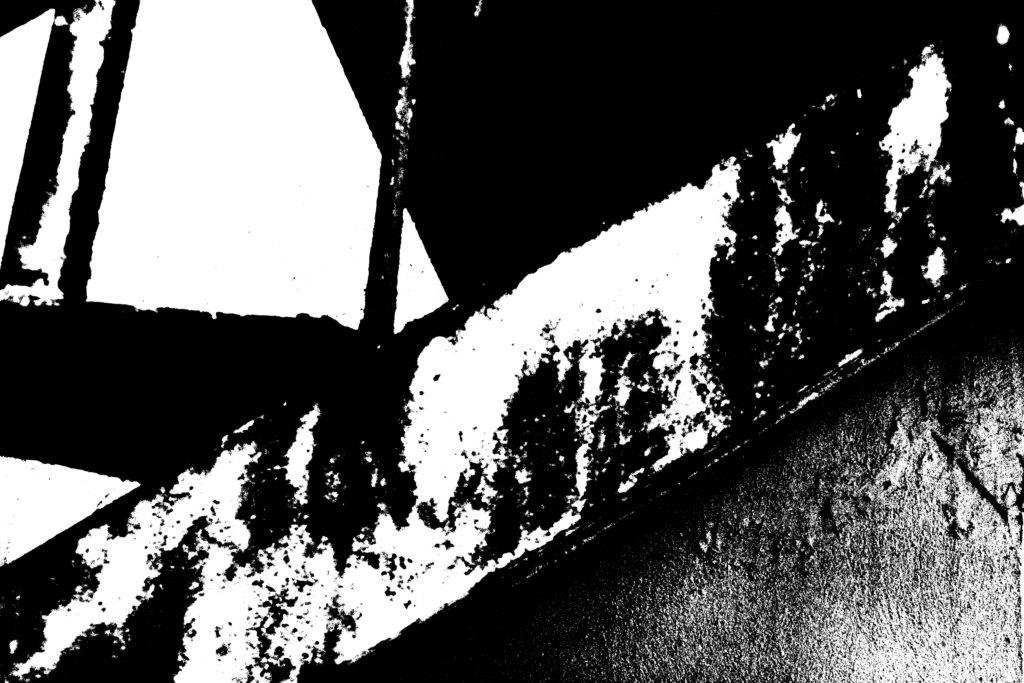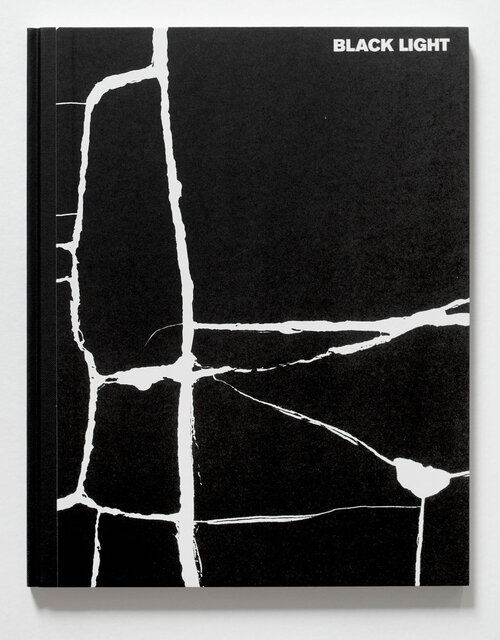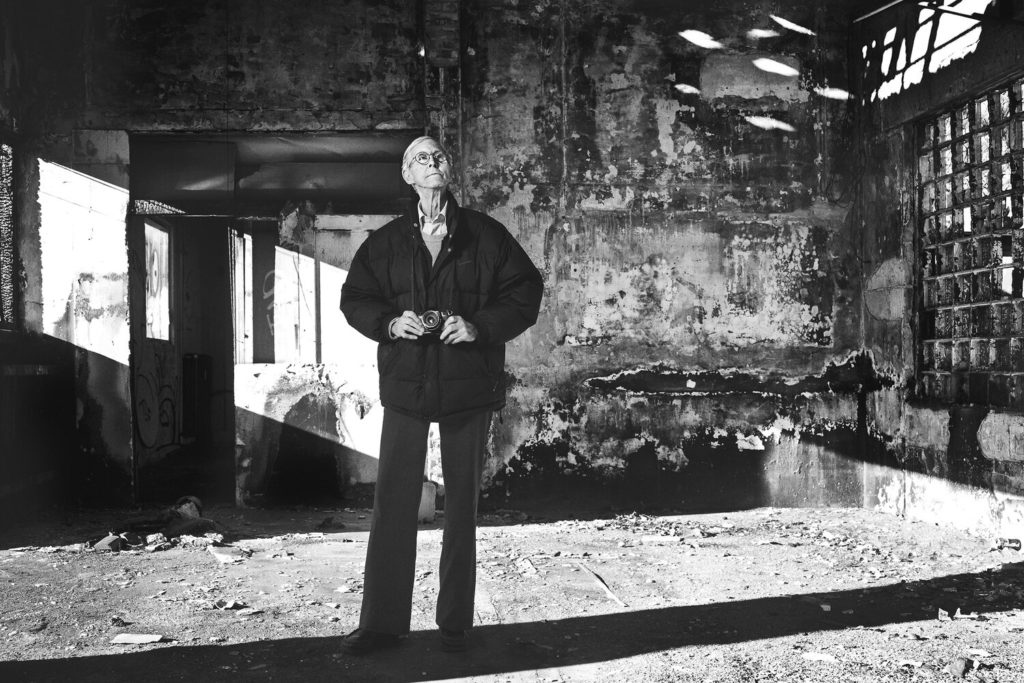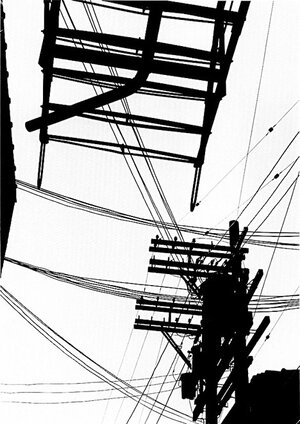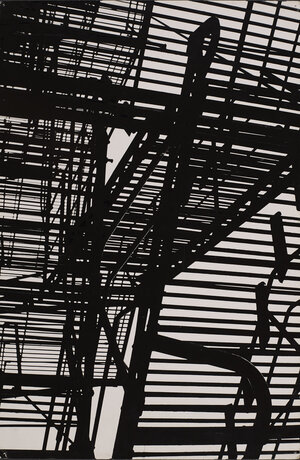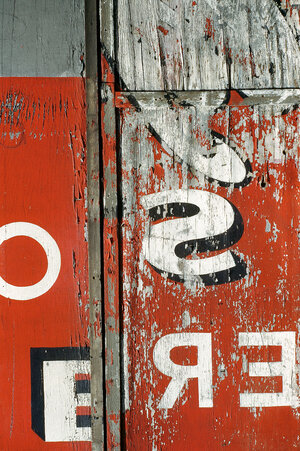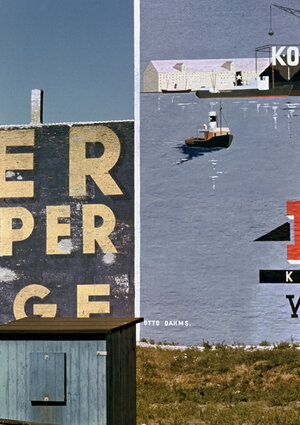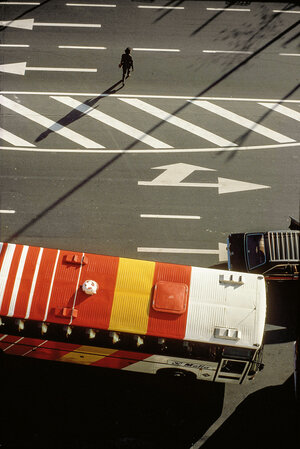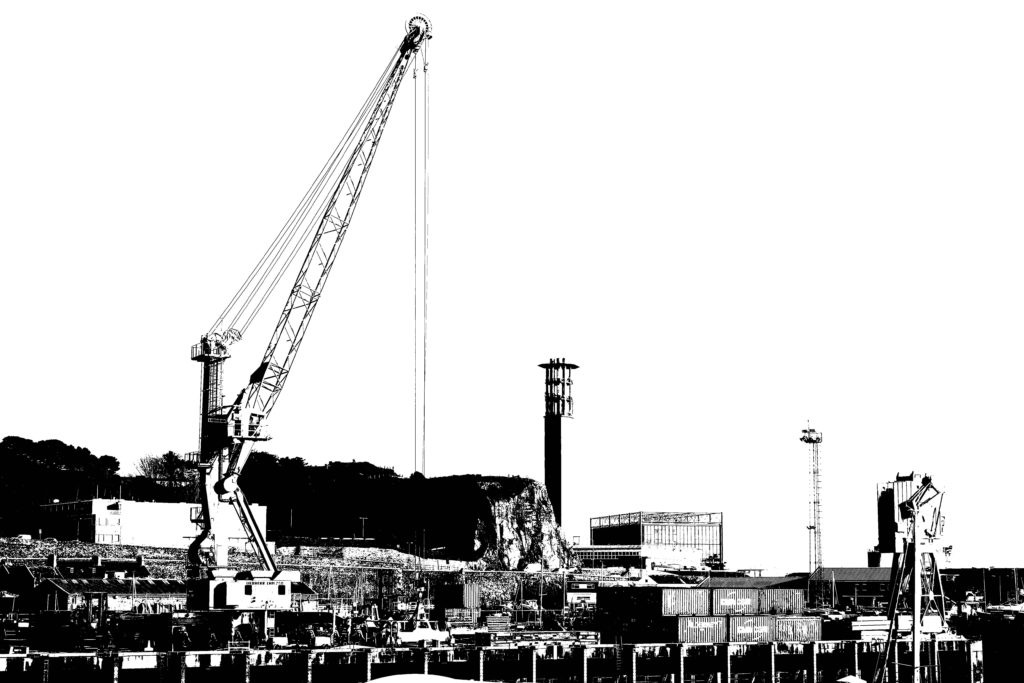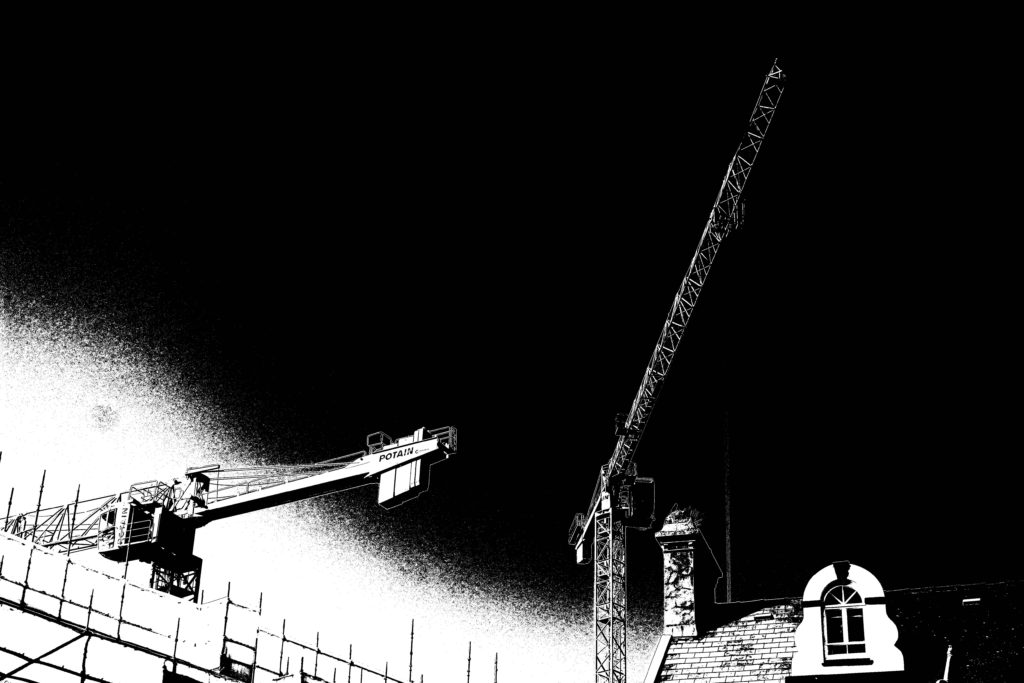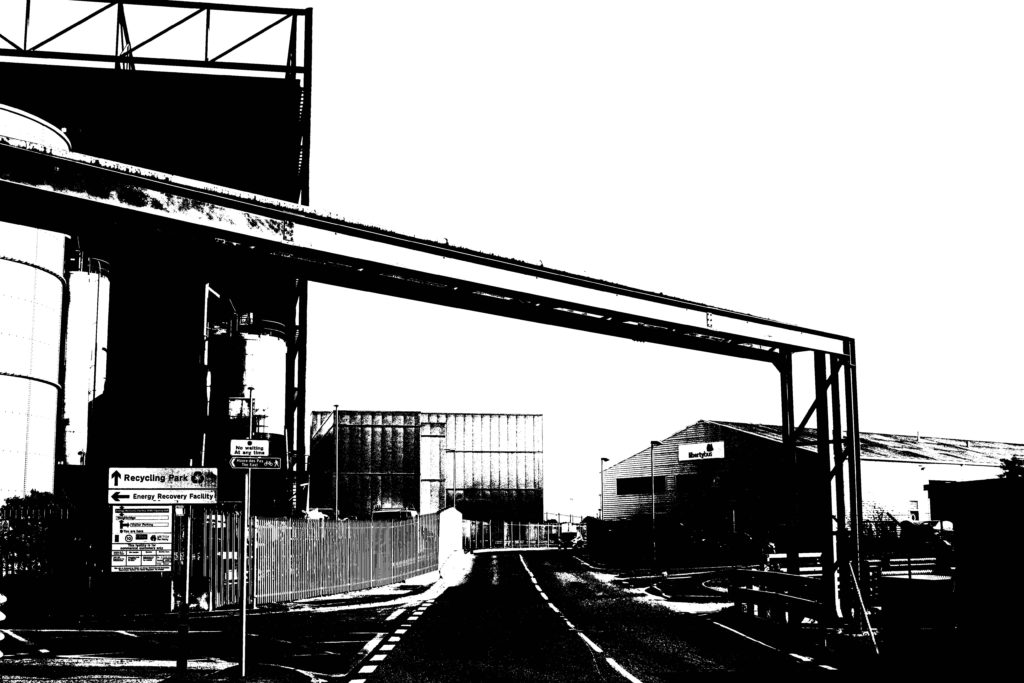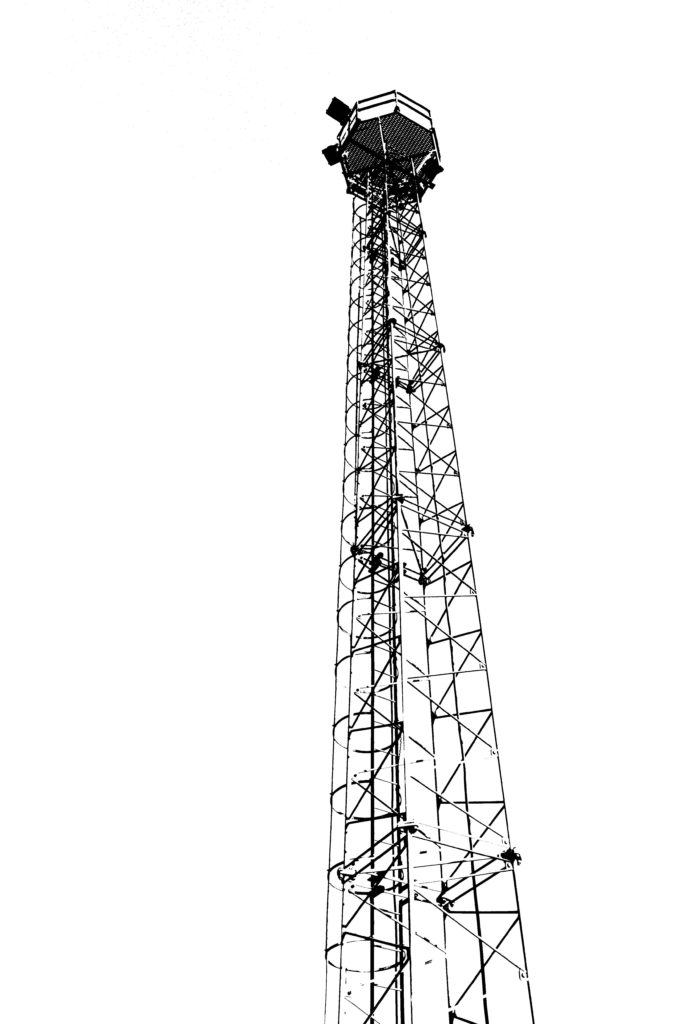
Keld Helmer-Peterson was a Danish photographer, widely known for his lead role in abstract photography in the 1940s. His career spanned 70 years and he had strong interest in modern architecture and industrial areas, primarily focusing his work on structures and parts of buildings i.e scaffolding or framework.
Architecture and design played a great role in Helmer-Petersen’s work, both professionally and as an artistic field of interest. From 1952 to 1956, he worked with photographer Erik Hansen, after which he established his own studio specializing in architecture and design photography. Peterson also released a series of books documenting his photography, both in colour and black + white, such as 122 colour photographs, Fragments of the City and Black Noise, which was part of a series of three books that showed his abstract style of photography.

Keld Helmer-Peterson had an abstract way of taking images – the final product would consist of mostly black, with a white background to illuminate the silhouette like the photo above. On photoshop we used our urban landscape images to replicate Petersen’s work. To do this, i took my photo and used the Threshold tool to change the tones of my image, using a slider tool to add more black/white shades to the image. The final product represented an abstract art piece.
